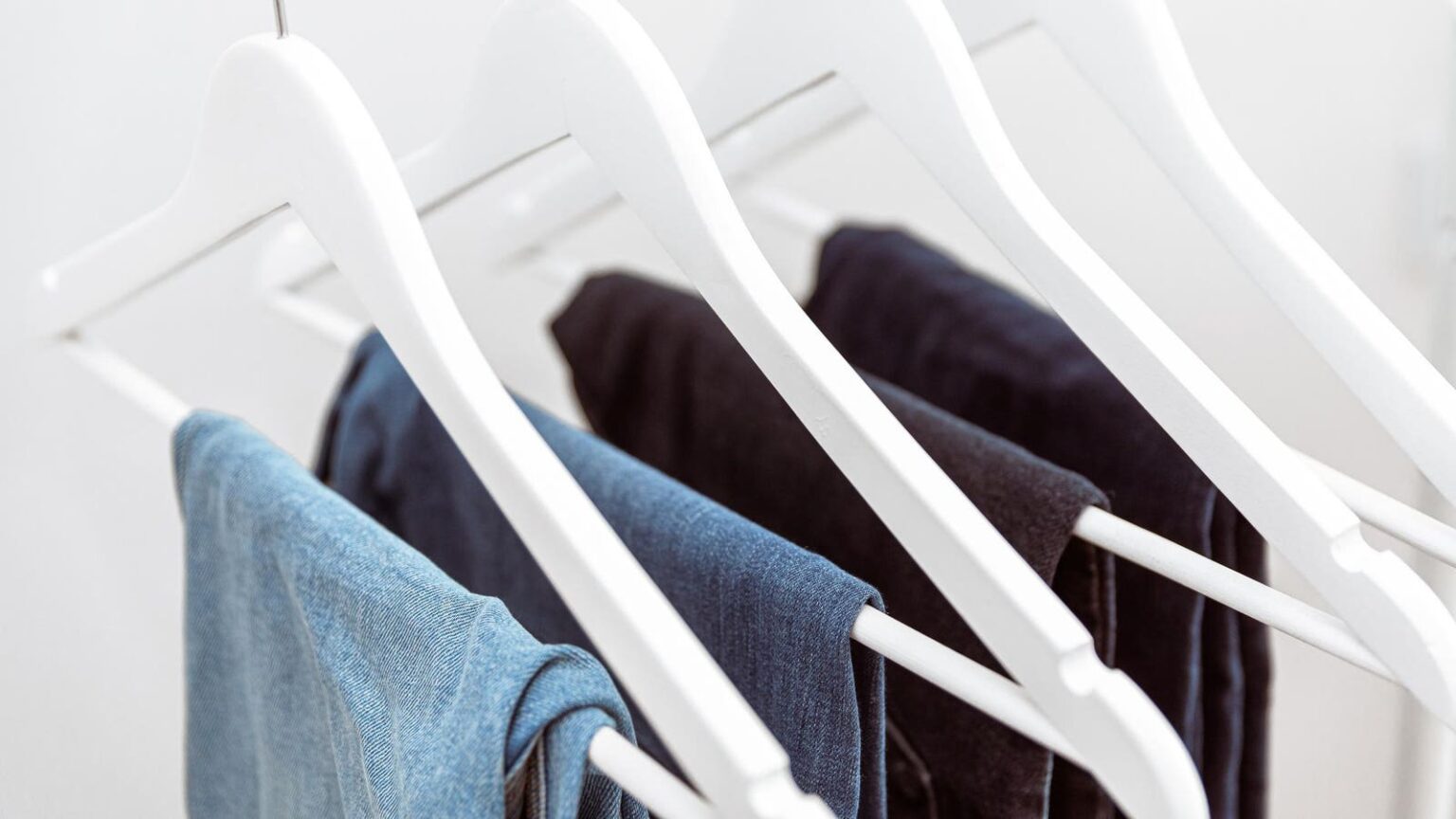In spite of the stubborn headwinds of interest rates and inflation, the retail industry seems poised for a year of sales and margin growth. A blowout is unlikely, but in retail’s current fiscal year–the first full year since the official end of the pandemic–most retailers should start reaping the benefits of all the retooling it took to wrangle a global economic crisis.
Four years after the initial shutdown began, the industry has evolved in some dramatic ways. To compete with Amazon’s head start, the bricks-and-mortar crowd had to accelerate the creation or revamping of their e-commerce capabilities and logistical systems.
Huge investments in infrastructure and technology should by now be paying off in the form of efficiencies and a more frictionless customer experience–the omnichannel approach to marketing.
The combination of the shutdown, cargo logjam, inventory glut, excess debt, etc. pushed some already-shaky merchants over the edge, reducing competition in some sectors (e.g., Bed Bath & Beyond). Meanwhile, in-store retailers have hunkered down, shrinking their physical footprints, closing unprofitable locations, and pivoting to smaller-format stores which turn out to be more profitable than a big box. For example, Nordstrom’s 2023 revenue fell 5.4%, but thanks to growth in its young Nordstrom Rack fleet, the company was able to report a net earnings increase of 12.5%.
Another example is click-and-collect.
The channel has been turning in annual growth rates in the double-digits since 2022. Including Sam’s Club, Walmart’s “digital grocery sector” revenue (including delivery) will approach $60 billion this year, roughly 10% of the whole company’s annual sales, according to a report by EMARKETER, an ecommerce research firm.
Click-and-collect sounded like an expensive headache in its early stages. Now that the infrastructure and the technology have been refined, “buy online, pick up in store” has become a customer expectation and a loyalty builder, increasing customer satisfaction. It is also spreading beyond grocery. Ulta, the beauty-products retailer, promotes a click-and-collect option.
On the buy side, where the customers are, not much has changed since we published this forecast last Fall. Barring an economic shock, asset prices (stocks and home prices) remain near all-time highs, well above their pre-Covid valuations. Millions of Americans are feeling good about their financial futures based on the balance in their investment accounts and what online real estate sites say their homes are worth.
For the majority of consumers, gasoline prices are still too high, affordable housing is as scarce as ever, and millions are deep in the red on their credit card balances.
But unemployment remains historically low, and the economy keeps creating jobs faster than it can fill them with no end in sight.
So consumers are still spending but cautiously, which has sparked a boom in private label goods, which are more profitable and help build brand loyalty. As we noted here recently, private label has become the first choice among Gen Z shoppers.
Overall, my hunch is that 2024 will be a decent year for retailers and brands who avoided loading up on debt and invested in building the industry’s new, more profitable normal.
Read the full article here
















